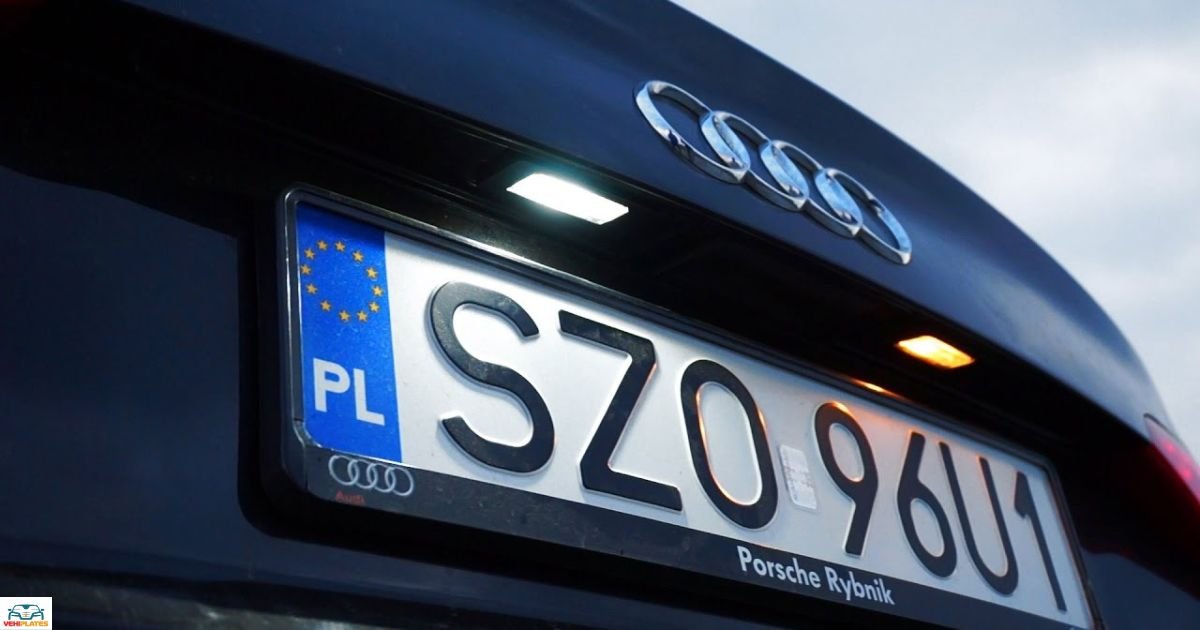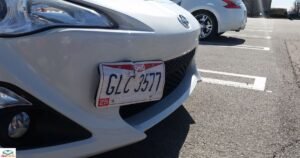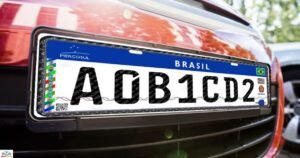In automotive maintenance, understanding the electrical system is crucial, especially when addressing issues related to lighting. One common problem vehicle owners face is a malfunctioning license plate light. This issue often leads to the question, which fuse is for the license plate lights?
In this article, we will delve into the details of identifying the correct fuse, troubleshooting methods, and preventive measures to ensure your license plate lights remain functional. We will cover ten key aspects to help you understand and resolve this issue efficiently.
Understanding the Importance of License Plate Lights
License plate lights are essential for several reasons. Primarily, they ensure that your vehicle’s license plate is visible in low light conditions, which is a legal requirement in many regions.
Proper illumination allows law enforcement and other drivers to identify your vehicle clearly. Failing to maintain these lights can result in traffic citations and fines.
The Role of Fuses in Automotive Electrical Systems
Fuses play a critical role in protecting your vehicle’s electrical system. They act as safety devices that interrupt the flow of electricity in case of a short circuit or overload.
Each fuse is designed to protect specific circuits, preventing damage to the vehicle’s wiring and components. In the context of license plate lights, the fuse safeguards the circuit from potential electrical faults.
Locating the Fuse Box in Your Vehicle
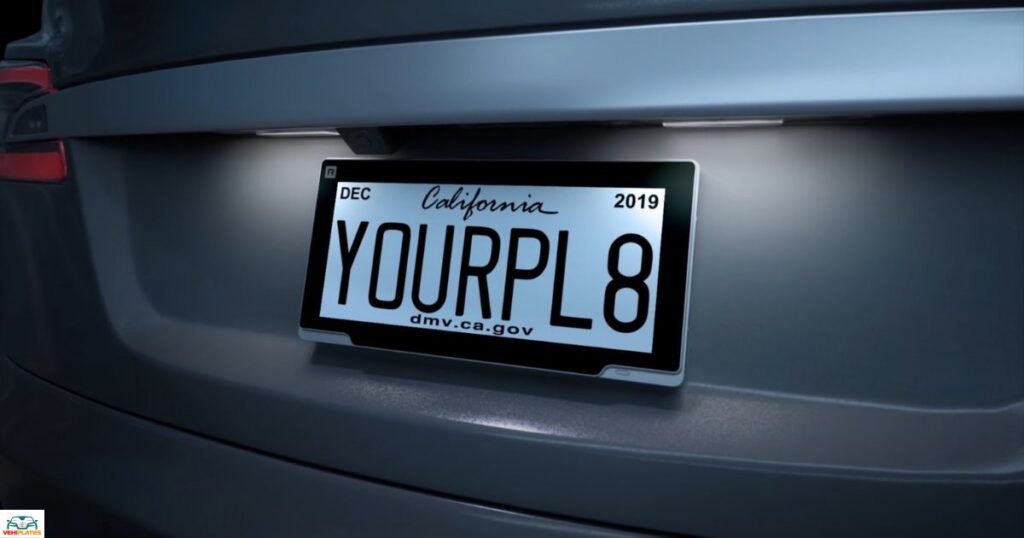
- To locate the fuse box in your vehicle, start by consulting the owner’s manual for its exact position.
- Typically, fuse boxes can be found in the engine compartment or under the dashboard.
- Many vehicles feature diagrams on the fuse box covers, detailing the location and function of each fuse.
- Familiarizing yourself with the fuse box’s location is essential for troubleshooting electrical issues in your vehicle.
Identifying the Correct Fuse
Once you have located the fuse box, the next step is identifying the correct fuse for the license plate lights. The owner’s manual will again be your guide, as it includes a detailed fuse diagram.
This diagram lists each fuse’s amperage rating and the circuit it protects. The fuse for the license plate lights is usually labeled under terms like ‘Tail Light,’ ‘Parking Light,’ or ‘License Plate Light.’
Common Symptoms of a Blown Fuse
Identifying a blown fuse can be straightforward if you know the symptoms. Common signs include:
- When the headlights or parking lights are turned on, the license plate light does not illuminate.
- Other lights, like tail lights or parking lights, might also suffer from the same effect.
- Visible inspection of the fuse shows a broken filament or discoloration.
Using a test light or multimeter can confirm whether the fuse is functioning correctly. Additionally, if you’re wondering about the specifics of securing your license plate, you might ask, ‘What size are license plate bolts?‘
Replacing the Fuse – Step-by-Step Guide
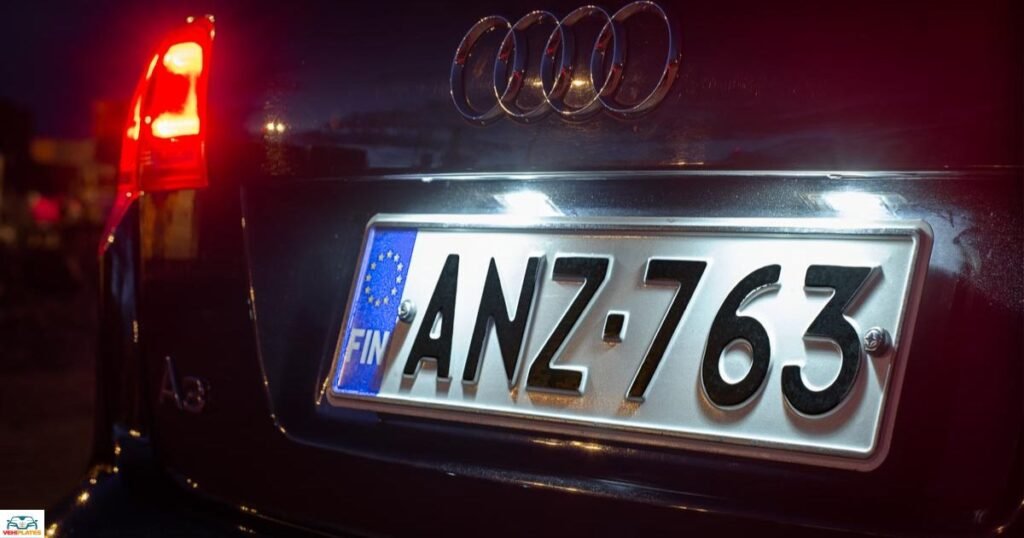
Replacing a blown fuse is a simple process that can be done with minimal tools. Here’s a step-by-step guide:
- Turn off the vehicle and remove the key from the ignition to prevent electrical shocks.
- Locate the correct fuse using the owner’s manual or fuse box diagram.
- Remove the faulty fuse using a fuse puller or a pair of needle-nose pliers.
- Inspect the fuse to confirm it is blown (look for a broken filament).
- Insert a new fuse with the same amperage rating into the slot.
- Test the lights to ensure they are working correctly.
Troubleshooting Persistent Issues
If replacing the fuse does not resolve the issue, further troubleshooting is necessary. Potential causes of persistent problems include:
Faulty wiring: Check for any damaged or loose wires connected to the license plate lights.
Burned-out bulbs: Ensure the bulbs themselves are functional.
Corroded connectors: Inspect the connectors for any signs of corrosion and clean them if necessary.
Faulty light switch: The switch controlling the lights might be malfunctioning.
Preventive Measures to Avoid Fuse Problems
| Preventive Measure | Description |
| Regular inspection | Check lights and electrical components for signs of wear and tear. |
| Keep fuse box clean | Ensure fuse box and connectors are free from dirt and moisture. |
| Use dielectric grease on connectors | Prevent corrosion and improve electrical contact. |
| Replace worn-out bulbs promptly | Prevent overloading the circuit and potential fuse damage. |
| Follow manufacturer’s specifications | Use the correct fuse ratings and types specified for your vehicle. |
Regular maintenance and adherence to manufacturer specifications are key to preventing fuse-related issues in your vehicle. Additionally, if you’re wondering, ‘Where can I get a front license plate installed?‘ it’s often available as a service at auto shops or even some hardware stores.
Understanding Fuse Ratings and Types
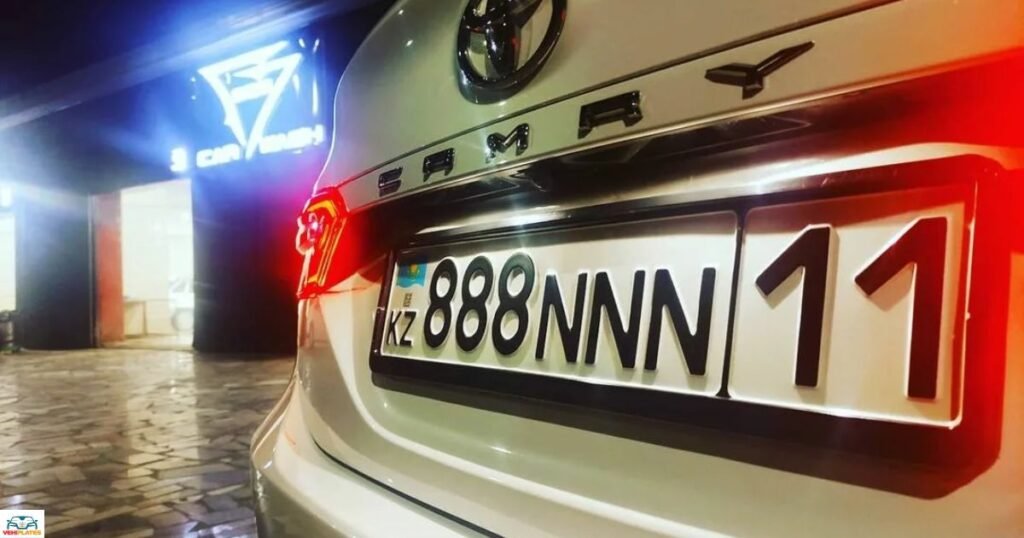
Fuses come in various ratings and types, and it is crucial to use the correct one for your vehicle’s electrical system. Using a fuse with a higher rating can damage the circuit, while a lower rating may blow frequently.
Common types of fuses include blade-type (ATO/ATC) and cartridge fuses. Always refer to your vehicle’s specifications when replacing fuses.
Seeking Professional Help
If troubleshooting and replacing the fuse do not solve the issue, it might be time to seek professional assistance. An experienced mechanic can diagnose more complex electrical problems and can ensure resolving the issue safely and efficiently.
They have the tools and expertise to address underlying issues that might not be apparent to the average vehicle owner.
FAQ’s
How can I identify the fuse for my license plate lights?
To identify the fuse, consult your vehicle’s owner’s manual or fuse box diagram for the specific label related to license plate lights.
What should I do if my license plate lights stop working?
If your license plate lights stop working, first, check the fuse related to the lights. If the fuse blows, replace it with one of the same amperage rating.
Are there common signs of a blown fuse for license plate lights?
Yes, common signs include when the headlights or parking lights are turned on and the license plate lights do not illuminate, and visible damage to the fuse filament.
Conclusion
Maintaining the functionality of your license plate lights is essential for legal and safety reasons. Understanding which fuse is responsible for these lights and how to troubleshoot and replace it can save you time and money.
By following the steps outlined in this article and practicing preventive maintenance, you can ensure that your vehicle’s license plate lights remain in good working condition.
Always refer to your owner’s manual for specific information related to your vehicle, and don’t hesitate to seek professional help if needed.
